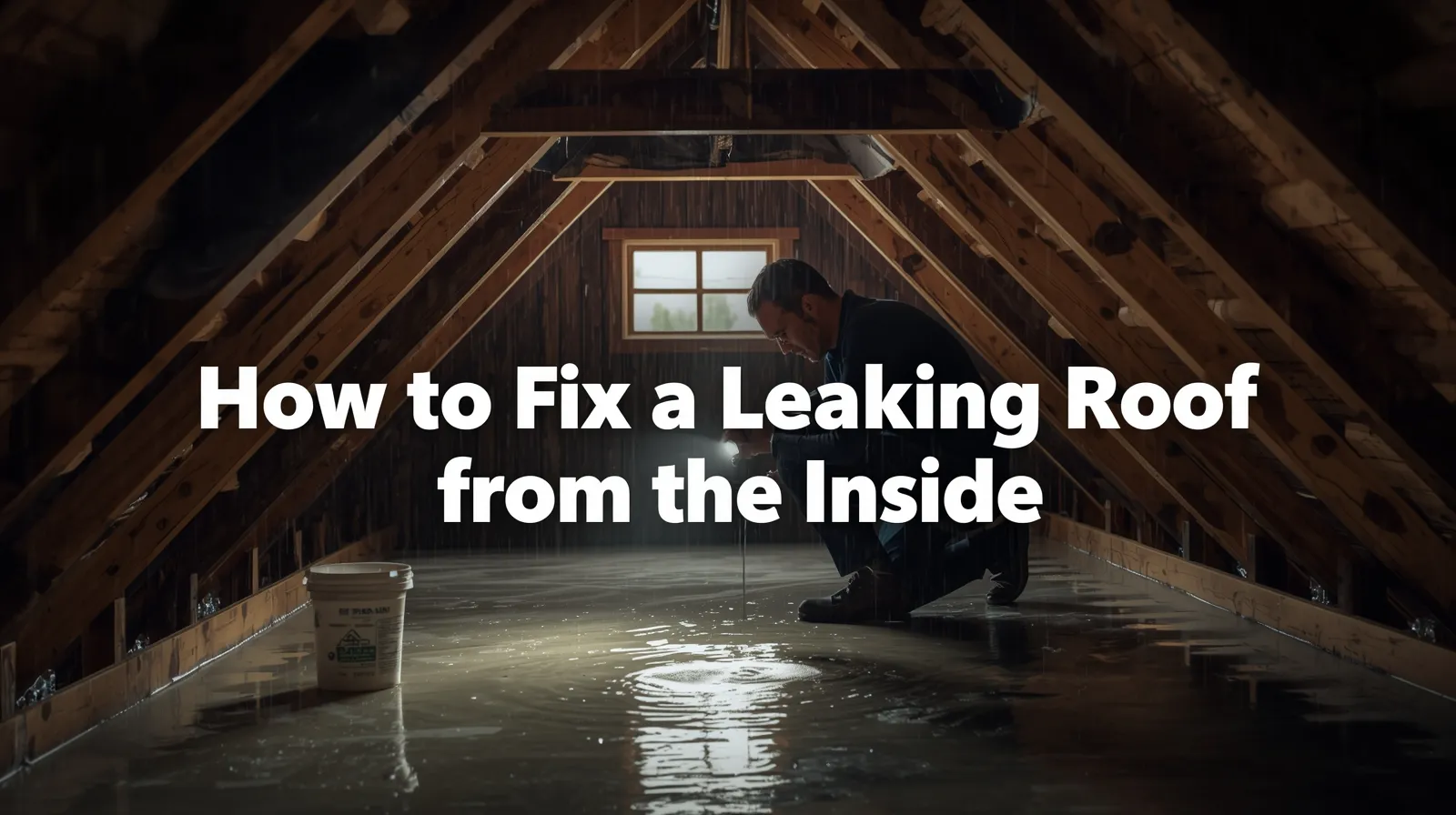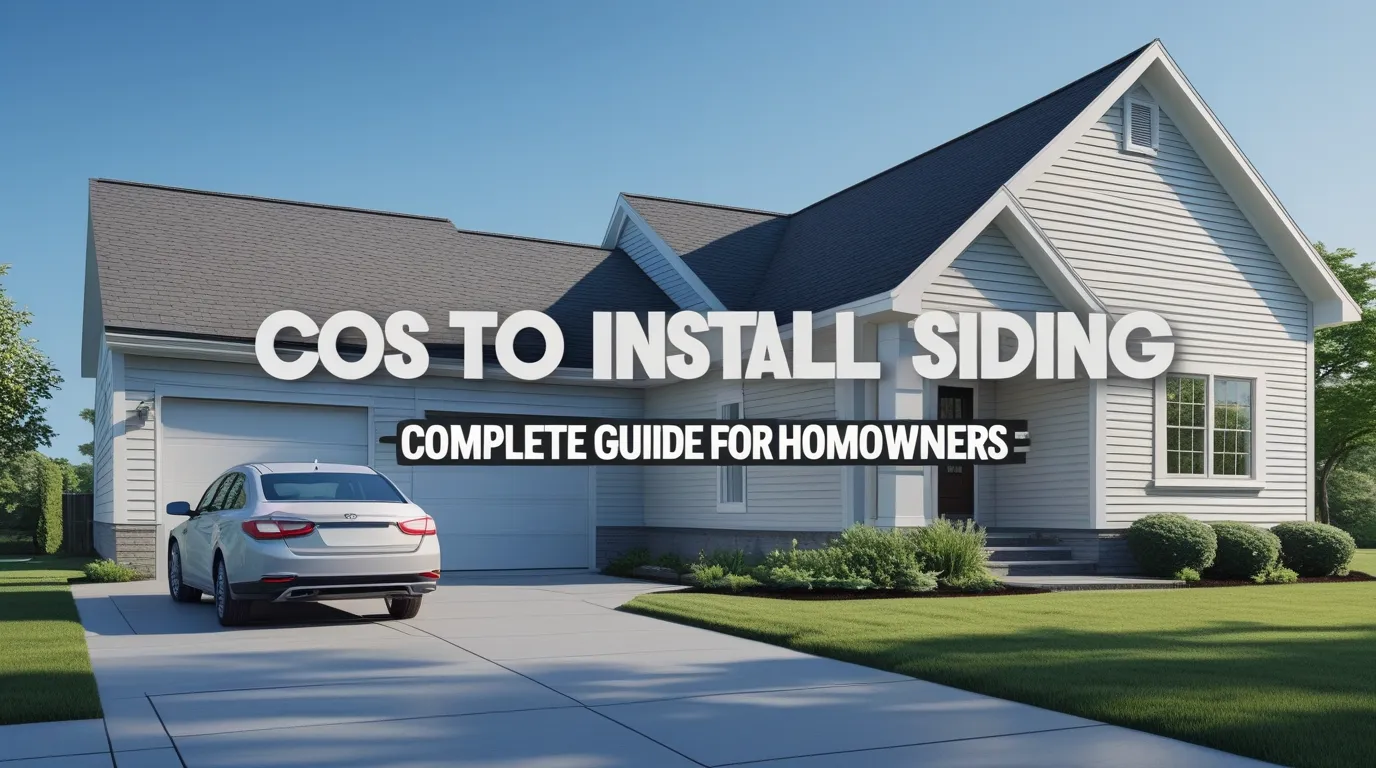what is Roof pitch is the measure of how steep or flat a roof is, described as rise over run. For example, a 4/12 pitch rises 4 inches for every 12 inches of horizontal distance. This simple detail affects how water flows, how strong a roof feels, and what style a home shows. Learning about roof pitch helps you understand design choices, roofing safety, and building standards. In this guide, you’ll discover definitions, types, examples, and why roof pitch matters for long-lasting homes.
Introduction to Roof Pitch and Why It Matters
When people think about roofs, they often picture shingles, tiles, or color. What many overlook is the slope itself the roof pitch. It plays a major role in how a roof handles weather, looks from the street, and even how much the project costs.
A roof with a low slope looks modern and clean but may collect water if not sealed carefully. A roof with a steep slope sheds rain and snow easily but can be harder to install and more costly. This makes roof pitch one of the most important details for builders and homeowners.
Understanding the Basics: What Is Roof Pitch?
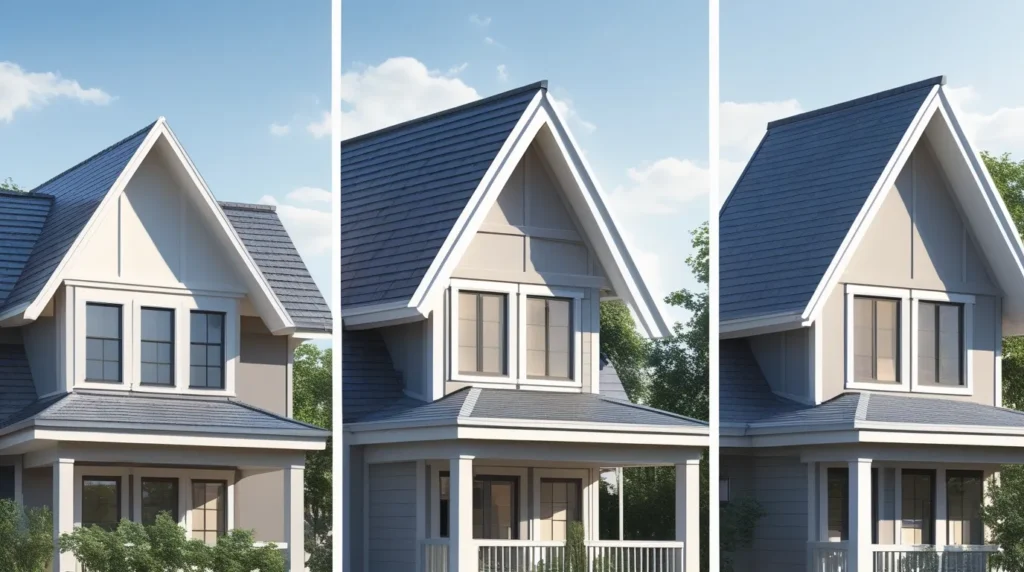
The simplest answer to what is roof pitch is that it describes how much a roof rises compared to its horizontal span. The ratio is usually shown as “X/12.”
- If your roof is 3/12, it rises 3 inches for every 12 inches of run.
- If it is 6/12, it rises 6 inches for every 12 inches.
- A 12/12 pitch rises 12 inches for every foot making it very steep.
This measurement tells builders exactly how steep a roof is, which affects drainage, design, and safety. It also helps decide which roofing materials will work best.
Roof Pitch Definition in Construction Terms
In construction, the word “pitch” is a technical measurement, not just a description. It shows the slope of the roof and is vital for framing calculations. A builder uses pitch to plan rafters, trusses, and even gutters.
For instance, when planning a 4/12 pitch roof, the carpenter knows exactly how much material is needed to reach the right slope. Engineers also use roof pitch to ensure structures can hold the weight of snow or withstand strong winds.
In short, roof pitch is both a design choice and a safety standard in construction.
Different Roof Pitches Explained With Examples
Examples help homeowners see how roof pitch looks in real life.
- 2/12 pitch roof → Appears almost flat. Needs careful waterproofing.
- 4/12 pitch roof → Gently sloped, common in ranch-style homes.
- 6/12 pitch roof → Balanced, not too steep, easy for builders to walk on.
- 12/12 roof pitch → Very steep, dramatic, and ideal for snowy regions.
Pictures of different roof pitches often help people visualize how the slope affects both style and function. From nearly flat to high and dramatic, roof pitch creates a unique impression on every house.
Types of Roof Pitches and Their Styles
Roof pitch types vary depending on the design and needs of the home.
- Low pitch (2/12 to 4/12): Sleek, modern, but needs strong waterproofing.
- Moderate pitch (5/12 to 9/12): Easy to maintain, good for most climates.
- High pitch roofing (10/12 or higher): Strong drainage and bold design.
Roof pitch styles also influence roofing material. For example:
- Flat or low slopes often use rubber membranes.
- Medium slopes work well with asphalt shingles.
- Steep slopes look great with tiles, metal, or wood shakes.
Style and slope go hand in hand. The right combination ensures both beauty and long-term function.
Pitched Roof: Meaning and Common Types
A pitched roof is any roof that is sloped instead of flat. These are the most common roof styles worldwide.
Common types include:
- Gable roof pitch: Triangular and simple, often used in homes.
- Low-pitched gable roof: Softer slope, ideal for mild climates.
- High pitch gable roof: Tall, dramatic, and excellent for heavy rain or snow.
- Hip roof: All sides slope down gently, offering stability.
When you define pitched roof designs, it’s clear they balance appearance with performance. They not only add to a home’s charm but also protect it better against weather than flat roofs.
Comparing Low Pitch, Medium Pitch, and High Pitch Roofing
Comparing slope categories helps homeowners decide what works best.
- Low pitch roofing: Affordable, modern look, but may need stronger seals.
- Medium pitch roofing: Offers balance between design, cost, and function.
- High pitch roofing: Strong defense against storms and snow, but often costlier to build.
A small pitch roof can save money upfront, but a high pitch roof often reduces long-term issues like leaks. Choosing depends on budget, climate, and design taste.
Roof Angles and Pitch: How They Work Together
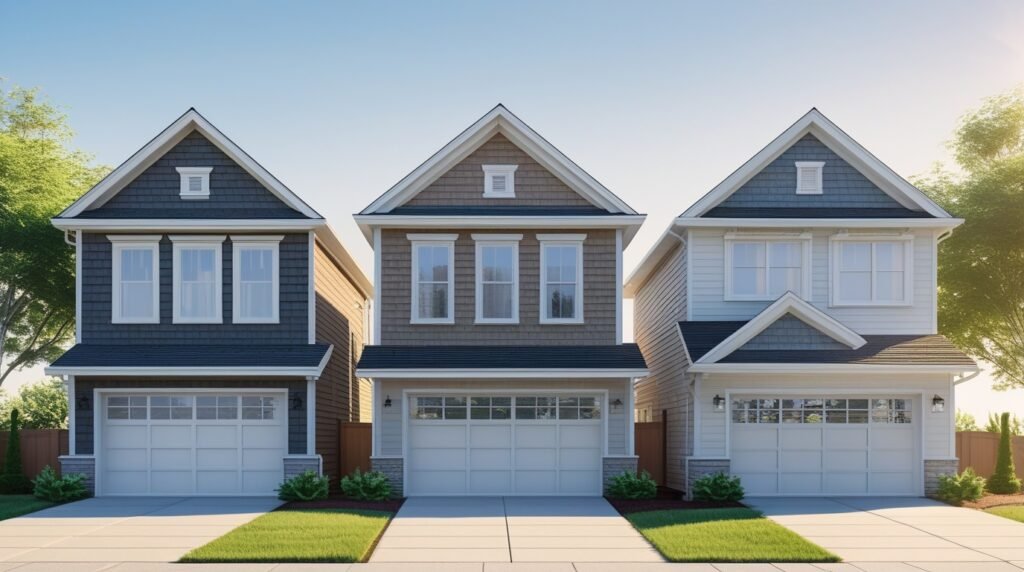
Roof angles are usually measured in degrees, while roof pitch is described as rise/run. Both explain the same thing in different ways.
Examples:
- A 3/12 roof pitch equals about 14 degrees.
- A 6/12 roof pitch equals about 26.5 degrees.
- A 12/12 roof pitch equals about 45 degrees.
Understanding angles and pitch helps homeowners see steepness from multiple viewpoints. It also makes it easier to compare roof plans, whether you’re talking in fractions or degrees.
Popular Examples: From 3/12 to 12/12 Roof Pitch
Numbers like 3/12 or 12/12 may seem confusing, but they simply describe steepness.
- What is a 3/12 roof pitch? It rises 3 inches per foot, looks nearly flat.
- What does 3 12 roof pitch mean? Same as above, just another way of writing it.
- What is a 4/12 pitch roof? A gentle slope, affordable and common.
- What is a 12 pitch roof or 12/12 roof pitch? Very steep, often used in snowy regions to prevent buildup.
These examples show how numbers affect real design choices. Each pitch changes how the home looks and how it handles weather.
How to Pitch a Roof: Guide for Homeowners
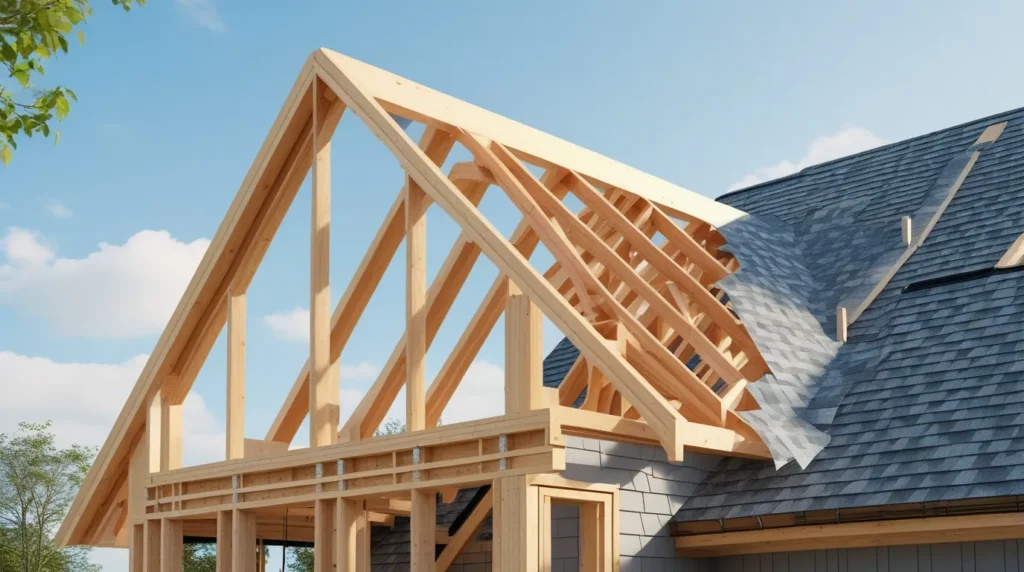
The pitch of a roof is set during framing. Carpenters cut rafters or design trusses to achieve the exact slope. Once built, changing the pitch is a major project.
Homeowners may wonder how to make a roof pitch steeper. The truth is, adjustments require tearing off parts of the structure and rebuilding. It is not a simple task.
That’s why knowing your roof pitch is useful not just for appearance but also for planning repairs, replacements, or remodels. Professional contractors help ensure the right slope is chosen and built safely.
Expert Roofing Insights from FONZ Construction in Hillsboro
Knowledge is valuable, but professional guidance is what brings a project together. FONZ Construction has the expertise to help homeowners select roof pitch types that suit design, weather, and safety needs.
From low pitch to steep gable roofs, their team explains the pros and cons so homeowners can make informed decisions. With years of hands-on work, they ensure every roof stands strong, drains properly, and looks impressive. For families in Hillsboro and beyond, the right roof pitch starts with trusted advice.
Conclusion
Roof pitch may seem like a technical detail, but it shapes how a house looks and performs. From 2/12 to 12/12, each slope offers unique benefits. Knowing the basics of roof pitch helps homeowners talk with builders, plan smarter, and choose the right materials. With support from FONZ Construction, you can find the pitch that balances cost, design, and long-lasting strength.
Need help with roof pitch decisions or roofing projects? Contact FONZ Construction today for expert advice and trusted service that keeps your home protected.

